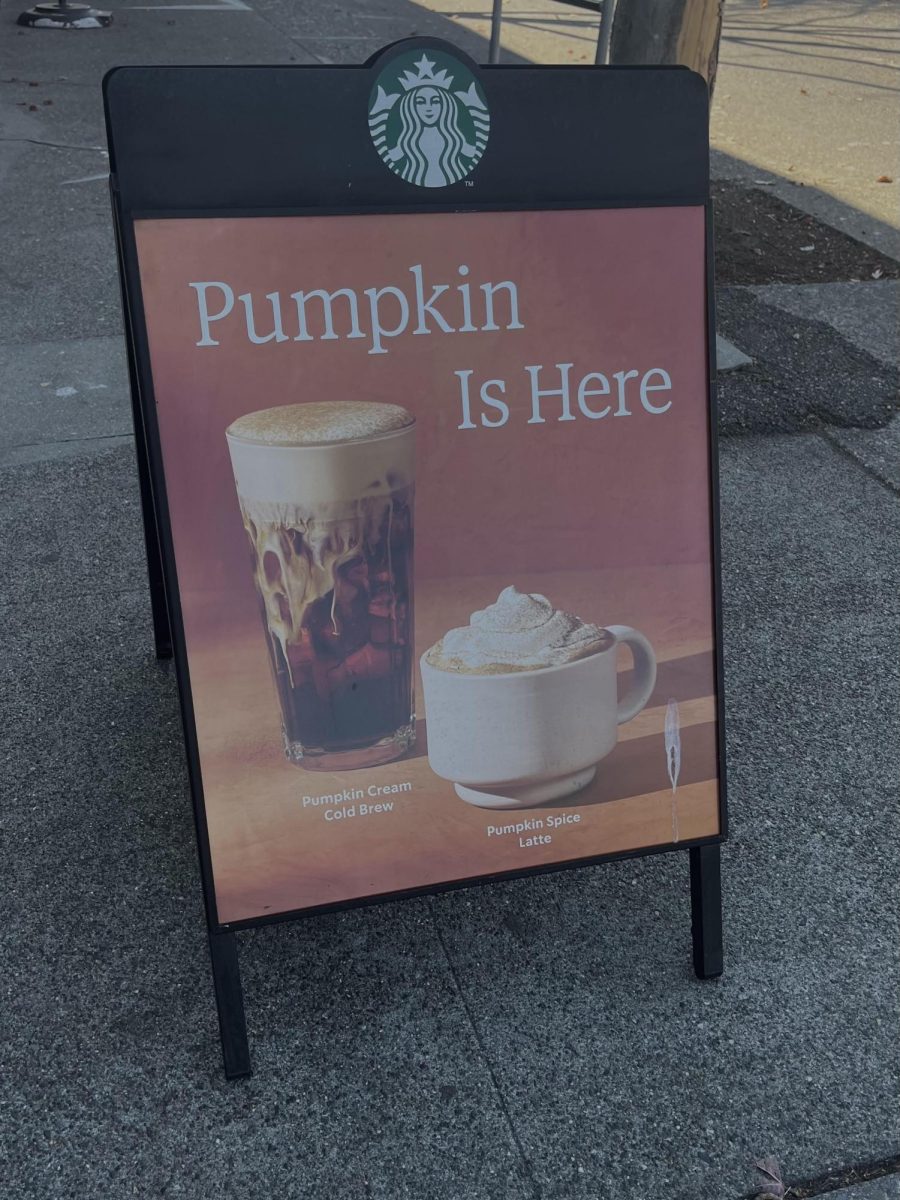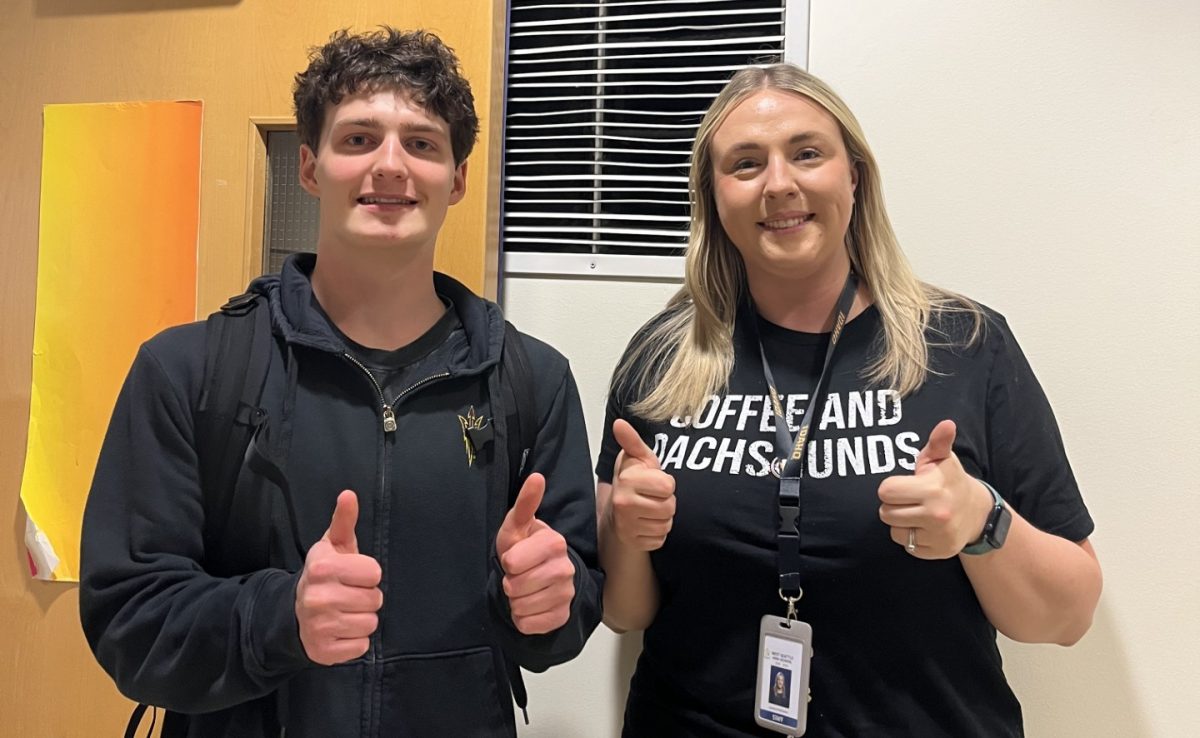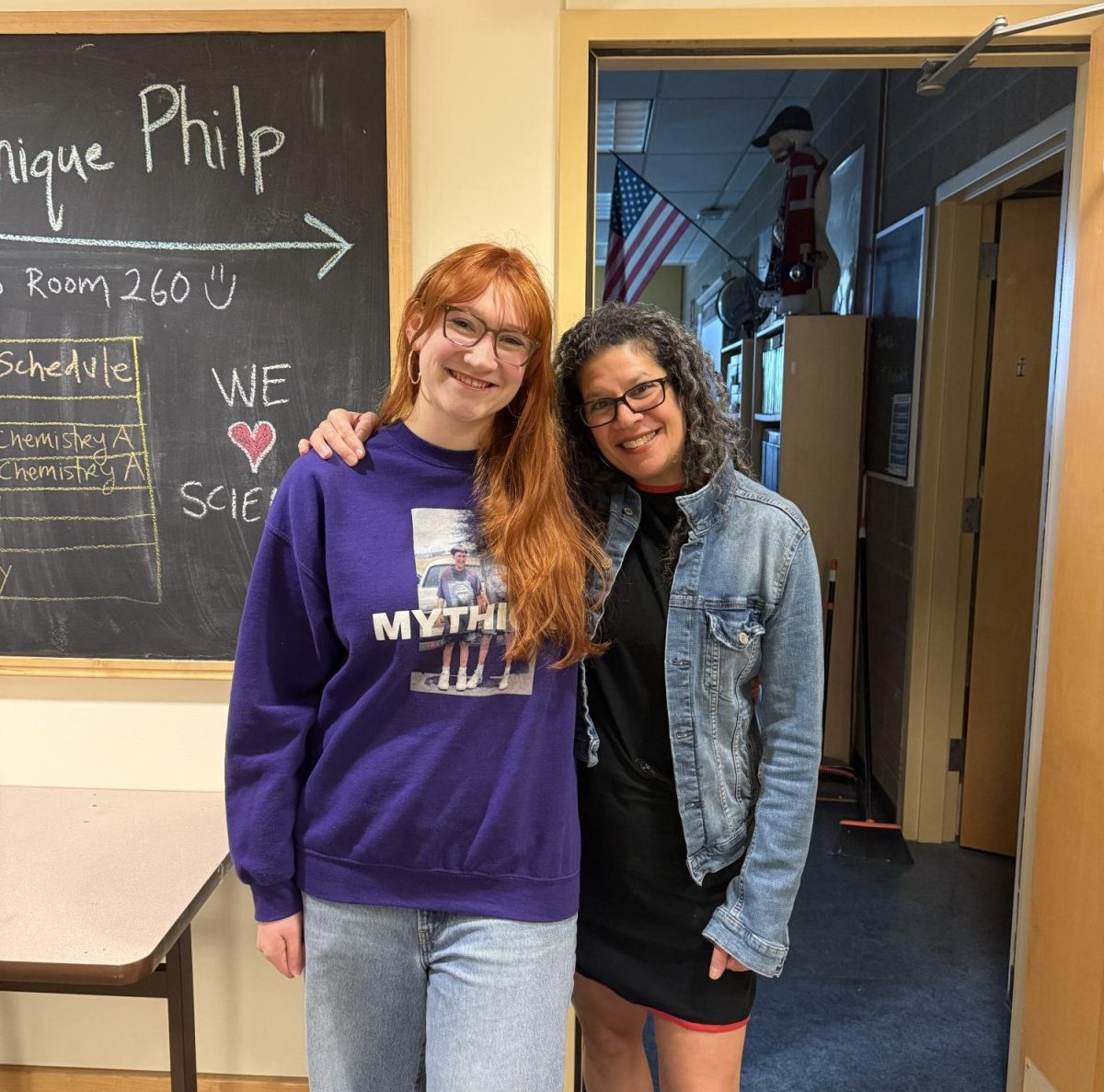Everyone knows that media plays a massive role in the spread of information- what information spreads and what does not, and how that information is perceived. This has increased the turnover of the ever changing trends and focuses of todays society. It has also spiked the reach of these topics; videos have increasingly high viewership reaching much further than their target audience. Recently, social media has begun to focus more on mental health, and rightfully so, as the nation is currently in a mental health epidemic.
But what exactly does that mean? The CDC has said that “More than 1 in 5 US adults live with a mental illness.” This is of varying degrees and varying mental illnesses. The epidemic is real, and many people don’t even realize exactly what they are struggling with. The national institute of mental health has a graph showing the amount of people with serious mental illness (SMI) and those who get diagnosed. Overall, woman tended to get more treatment than men- 71.4% of woman end up getting treatment for their SMI and 59.3% of men with SMI get treated. Overall, only 66.7% of people with serious mental illness get treatment. Within these groups there is intersections such as age and race. That means there is a large group of people with a mental illness that are not seeking the resources they need. This has caused people to rely on other forms of help, like online videos part of the mental health trend.
I asked two people what they thought of the mental health movement online, and if they agreed with it or not. Franki, a sophomore at West Seattle said, “I agree with the criticism of the self-help genre because it gives people false hope, especially on the more drastic takes. I like the motivational books, and I think its good as long as people don’t take it too far.” Ada, another sophomore at West Seattle High School also said she did not agree with the self-help genre because, “When you think about it, it’s really all for money making. There is a place for self-help, but people get addicted to it and don’t try and change their life.” They seemed to be leaning on the more negative side of things while still saying that there is a place for self-help and mental health. I wanted to see if their ideas held true so I dug in and learned as much as I could about the self-help topic. I found out lots of pros and cons to it, so I decided to share my opinion, as well as some of the controversies of the topic.
I learned that in later generations, such as millennial and gen z, people are more in touch with online communities. This is because these generations have been living with technology for their whole life, unlike the generation before them, who were in the later part of their life when it became prevalent and had grown up before tech became more accessible. This event has allowed gen z and millennials to be the first generations to have tech such as phones and social media as children. Many who grew up with tech have found community on online forums such as Reddit, the comment sections of Instagram and Tik Tok, as well as chat rooms in popular video games. These spaces, as well as the anonymity of the internet, provided areas where people could share personal things and be vulnerable without feeling like there would be repercussions. They were sharing with people who they had no connection to other than a conversation on an internet forum. This led to many conversations that people may have not been comfortable enough to have in person, for instance, conversations regarding mental health.
The internet also allowed people to share content on the subject of mental health, sometimes even in a funny way like a meme or post with lots of sarcasm and irony (usually as a way of coping). These videos or posts became extremely popularized because online algorithms were able to connect communities by suggesting it to people who view or create similar content. And because so many teens and young adults in gen Z and millennials struggle with mental health, it’s highly relatable. It started off with people talking about their mental health struggles and finding solace in a community they could relate to, and it slowly evolved into people sharing their advice for how to deal with their issues. And then it finally evolved into what we know now as the self-help trend.
The online chats, as well as the content posted of people sharing their advice for how they personally deal with their mental illness, helped the people who viewed them deal with their own struggles and/or mental illness. The comments of these videos are, for the most part, supportive and sometimes even thank the person for sharing their advice.
Gen Z and Millennials were mainly the ones posting this content however it amassed such a large following it began to reach further than its target audience and people who were a little bit older also began to view it. For older generations, who had been taught to repress their emotions and hustle through it, this made them feel less alone.
Because the topic had grown such a large audience and was so frequently talked about, the stigma around mental health began to dissipate. It happened to prove very difficult for people to judge those who struggled with mental health, when the videos of six signs you are struggling with OCD, ADHD, depression, or any other mental illness pop up, and one out of every six Americans can agree with each statement. In addition to this, because so many people deal with these issues, therapy and mental illness have started to become normalized, making it much easier for people to seek treatment.
The number of people going to therapy in person and online increased. This access to information about mental illness online helped people immensely with finding coping mechanisms, learning how to deal with anxiety, and tracking their symptoms and figuring out if they might have a mental illness.
Now, all of these points seem great on their own, but there is a dark side to some of this. It’s important to note, the people on these websites are struggling with mental health at varying degrees that aren’t explicitly stated, as it is difficult to measure someone’s mental health. This means if someone who is struggling with slight seasonal depression suggests that her way to feel better is to take a bath, that method may not work for someone who is struggling with severe depression and cannot even get out of bed. Symptoms of disorders can also be similar at times so people often incorrectly self-diagnose, don’t follow the right advice, decide not to see a doctor to get help and get an official diagnosis.
Due to the strong focus on mental health on social media, mental illness has been normalized. People believe that everyone has some sort of mental illness (which is not entirely wrong, majority of our population does struggle with it) and that its no big deal. This is a massive misconception that can lead to people not getting the help they need, perpetuating these bad ideals, and weakening the validity of people with mental illness because of statements and mindsets like, “if everyone has it, it can’t be that bad.”
And finally, the advice people share online is highly personal. So, it may not apply or work for others. It might actually make things worse. When watching these videos, it’s important to remember that these people can be in a completely different situation than you, so you should take their advice with a grain of salt because it may not work for you. It is also important not to compare yourself, and/or your progress, to anyone. Always consult a therapist or a medical professional if you think you are struggling with a mental illness, to get the personalized care you need and deserve.
Nonetheless, it is okay to watch videos about mental health online and it’s even alright to try some of the things they recommend. Just make sure you do your research, and value science and what your doctor tells you above what the internet says.









